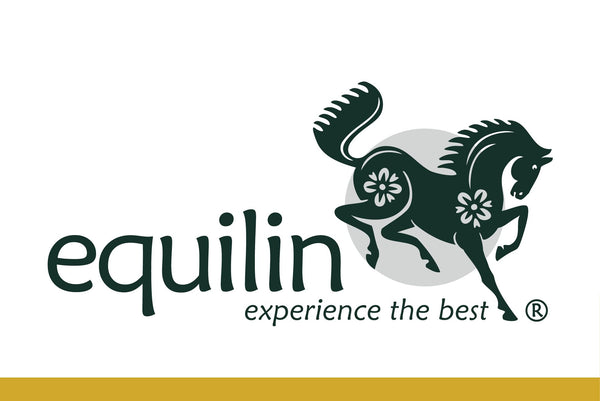There is an endless amount to learn and share about horse nutrition.
Yet we also regularly see confusion arising from conflicting information and marketing stories that are not always based on what the horse really needs. One of those persistent misunderstandings is the idea that all minerals should be offered inorganically, because that is what they would be in nature🤔
Let's take a critical and clear look at this.
What is the real situation with minerals in nature?
In nature, minerals occur in the soil. There, they are made absorbable by plants via soil life – bacteria, fungi and other micro-organisms. The plant then builds these minerals into its cells. From that moment on, the minerals are organically bound . This means that the horse, via roughage, mainly ingests organically bound minerals .
And how does that work in the horse?
In ruminants such as cows, inorganic minerals can be partly absorbed by the rumen flora, where they have also become organic from that moment on. And eventually partly absorbed in the small intestine after the death of bacteria.
But horses do not have a rumen – their microbial fermentation only takes place after the small intestine. And the small intestine is precisely where minerals are absorbed into the body. For a horse, it is therefore important that minerals are already present in organic form in the feed, so that they can be absorbed effectively.
Overdose and cost
It is sometimes claimed that organically bound minerals can lead to overdosing. In reality, the uptake is never 100% but +/- 30% and with supplementary food a safety margin is always taken into account and never the entire daily requirement is dosed, at least not with Equilin.
In some cases, the avoidance of organic minerals in feed appears to be primarily motivated by the desire to reduce the cost price of products – an understandable commercial consideration, but not necessarily in the best interests of the horse .
In summary:
Minerals are essential for the horse's health – zinc, copper and selenium in particular are often insufficient in roughage.
-
Inorganic minerals (such as oxides and sulphates) are much cheaper, but are often less well absorbed and the absorption is also unpredictable.
-
Organic minerals (bound to amino acids or proteins, such as chelates) are better recognized by the body and have a higher biological availability and are therefore much more expensive and you feed less of them.

